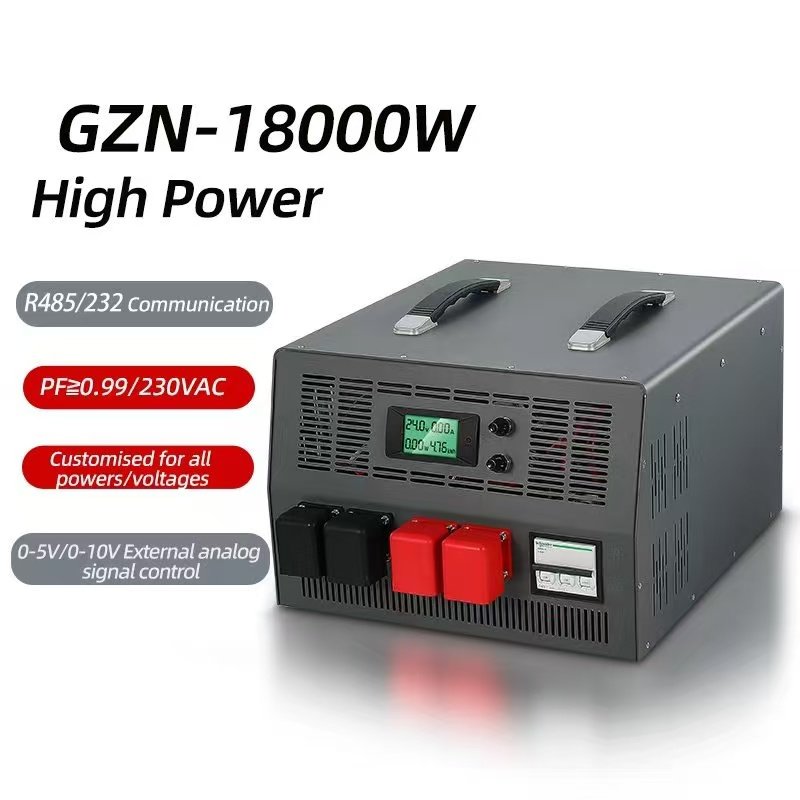PFC, which stands for Power Factor Correction, is a feature in switching power supplies designed to improve the efficiency and reduce the negative effects on the electrical grid caused by non-linear loads. Essentially, PFC addresses the issue of power factor, which is a measure of how effectively alternating current (AC) is converted into useful power in an electrical system.
In a typical non-PFC switching power supply, the input current drawn from the AC source may not be in perfect synchronization with the voltage waveform, resulting in a distorted current waveform and a lower power factor. This can cause several issues, including increased energy loss in the distribution system, overheating of conductors, and potential interference with other devices connected to the same grid.
PFC technology, on the other hand, actively regulates the input current waveform to match the shape and phase of the input voltage waveform as closely as possible. This process, often referred to as “active power factor correction,” ensures that the current and voltage are in phase, significantly improving the power factor.

There are two main types of PFC used in switching power supplies: passive PFC and active PFC. Passive PFC relies on the use of capacitors and inductors to reshape the input current waveform, but it is typically less effective and less efficient than active PFC. Active PFC, on the other hand, employs sophisticated control circuits and switching elements to dynamically adjust the input current in real-time, achieving much higher power factor values (typically above 0.9) and significantly reducing harmonic distortions.
In summary, the PFC function in switching power supplies is a critical component that enhances energy efficiency, minimizes electrical grid pollution, and ensures better compatibility with other electrical devices by improving the power factor through active or passive means.
